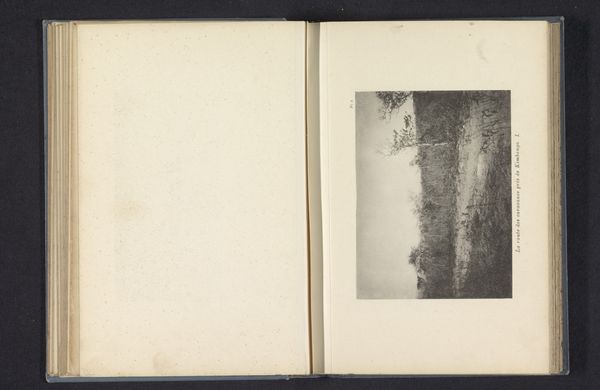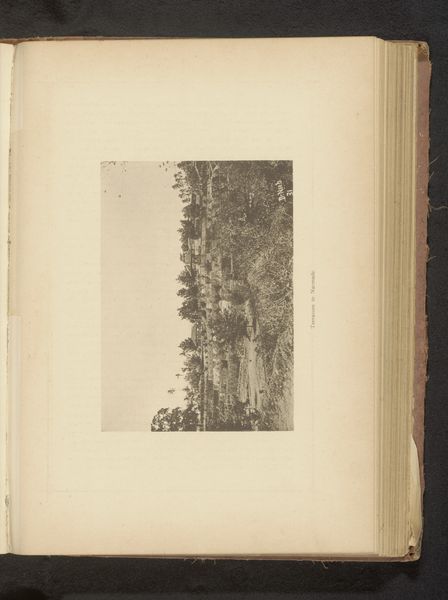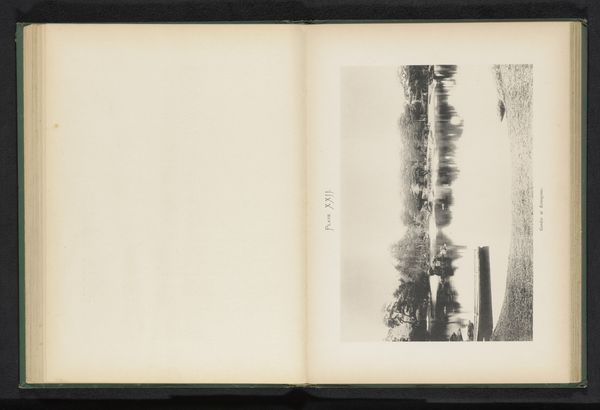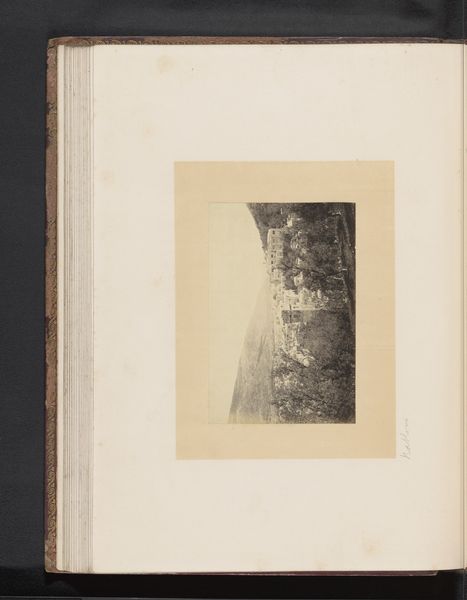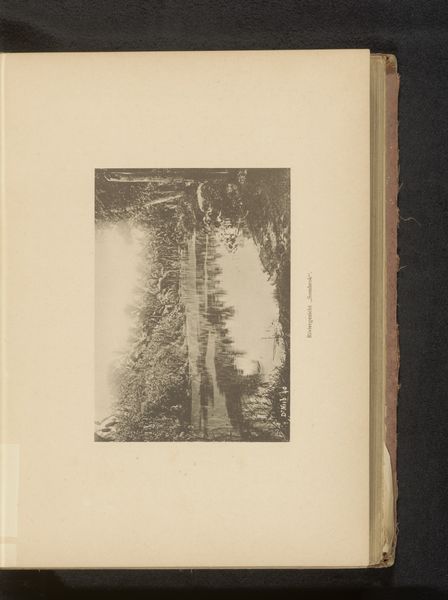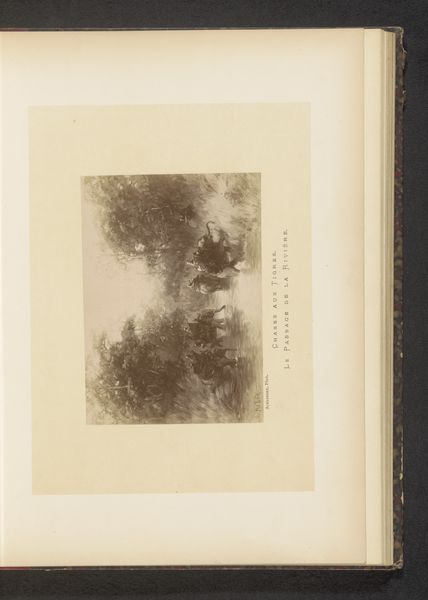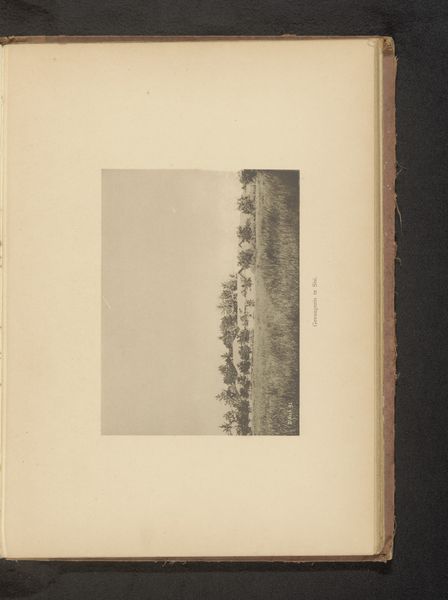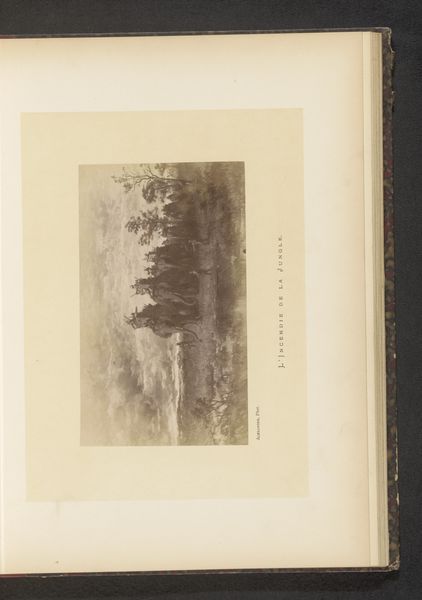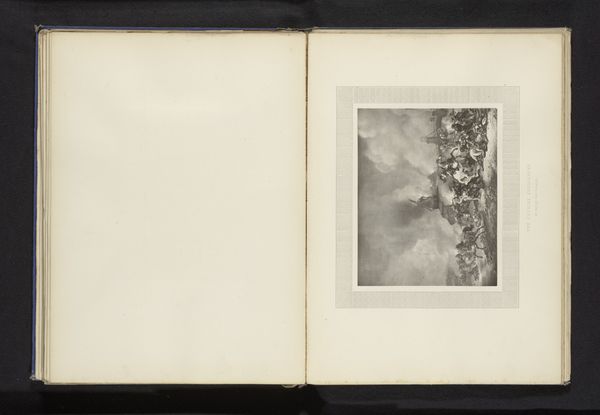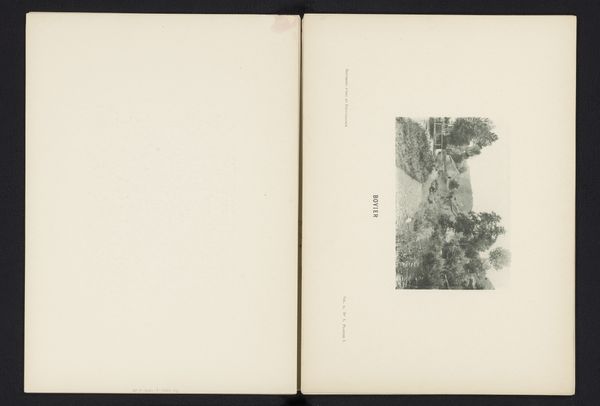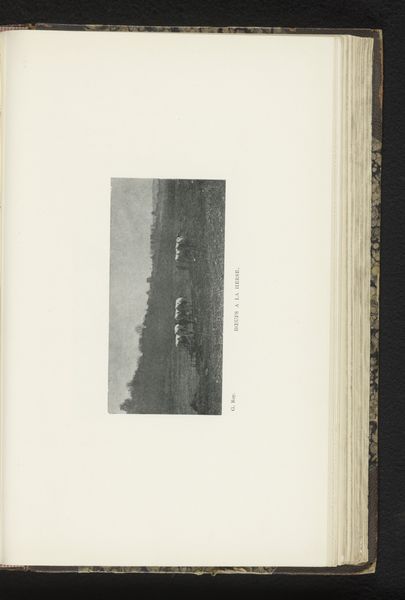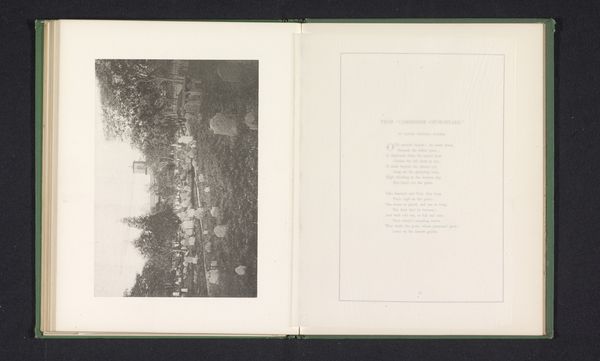
photography, gelatin-silver-print
#
pictorialism
#
landscape
#
photography
#
gelatin-silver-print
Dimensions: height 144 mm, width 191 mm
Copyright: Rijks Museum: Open Domain
This landscape photograph by J.L. Williams presents a pond near Sleepy Hollow, still and reflective. The water, a mirror to the sky and trees, becomes a potent symbol—evoking Narcissus, lost in contemplation of his own reflection, a timeless image of self-obsession and unattainable desire. Consider this image alongside works by Claude Lorrain or Caspar David Friedrich, masters of Romantic landscapes. The body of water, framed by trees, is a "horror-vacui" – a void that invites both solace and existential dread. Water as a symbol is never constant. Think of Ophelia, returned to the waters; she transcends the image of Narcissus by surrendering herself to it, and is reborn into the world through her presence in art. Such liminal spaces, these reflective ponds, tap into our collective memory, embodying a primal connection to nature and the subconscious. This is a powerful force that engages viewers on a deep, subconscious level. The image has traveled through art history, resurfacing in various forms, evolving from a symbol of vanity to one of introspection and, ultimately, rebirth.
Comments
No comments
Be the first to comment and join the conversation on the ultimate creative platform.
